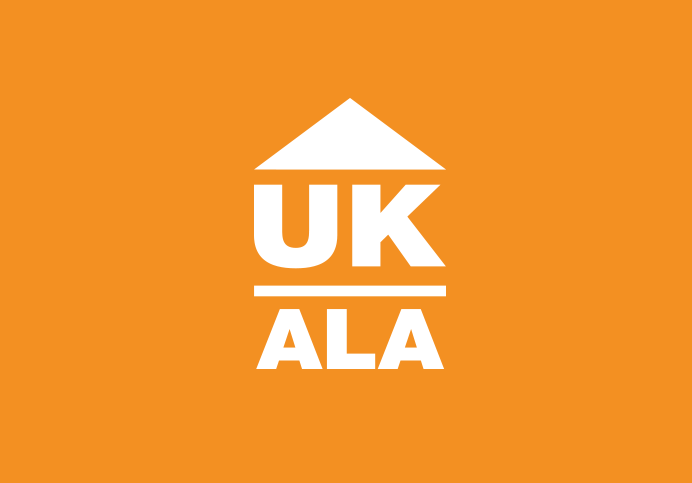
How much will a tenant receive?
The LHA rate that a tenant will qualify for will depend on the number of occupiers and the area in which they live.
In some circumstances the amount of LHA that the tenant is eligible to receive may be higher than the rent charged by the landlord. Previously, any excess was capped at a maximum of £15 per week, then the tenant could keep that excess.
The LHA rate that a tenant will qualify for will depend on the number of occupiers and the area in which they live.
In some circumstances the amount of LHA that the tenant is eligible to receive may be higher than the rent charged by the landlord. Previously, any excess was capped at a maximum of £15 per week, then the tenant could keep that excess.
From April 2010 however, households were no longer able to keep any of the surplus, if the Local Housing Allowance (LHA) they receive is higher than their rent. While the Department for Work and Pensions explains that this new measure was introduced under the Government’s 2009 Budget to support work incentives, the Treasury states that LHA costs have exceeded the planned expenditure for this policy. For those already receiving LHA, this reduction did not apply until the anniversary of their claim. That is now past and from now on, ie from April 2011, no one can claim any surplus. This measure only affects surpluses, and will not produce rent shortfalls.
The following size criteria determine the appropriate number of rooms that the occupiers qualify for:
One bedroom for :
a)every adult couple (opposite or same sex living together)
b) any other adult aged 16 or over
c) any two children of the same sex
d) any two children regardless of sex under age 10
e) any other child
The number of living rooms, kitchens and bathrooms is ignored for the purpose of this calculation, as it is assumed that all tenants are entitled to these.
A Shared Accommodation Rate applies to single adults under 35. This standard rate for a bedroom in shared houses and bedsits is based on a different definition than the previous Single Room Rent under HB, which limited HB entitlement for this group of claimants to the rate for a room in shared accommodation.
Adults over 35 who live in bedsits or shared houses, will also only be eligible to receive the Shared Room Rate.
The new shared rate is based on properties where the tenant has the exclusive use of only one bedroom and where the tenancy provides for him to share the use of one or more of:
(i) a kitchen
(ii) a bathroom
(iii) a toilet, or
(iv) a room suitable for living in
Note, it does not mean the claimant shares a room, just the house as a whole.
Means Testing
Although LHA is a flat rate benefit, its is also means tested. The reality of this is that all forms of income are taken into account when the exact amount of LHA the tenant it to receive is calculated. Some benefits are disregarded eg child maintenance payments, and some benefits attract a premium. Therefore, tenants who appear to have the same circumstances may receive differing amounts of benefit.
The benefit rate is set for 12 months unless there is any change in the tenant’s circumstances. For instance if occupancy changes, entitlement by room allocation may also change.
Maximum allowable
From April 2011, a national cap was imposed on maximum LHA rates:
- £250 a week for a one bedroomed property (including shared accommodation)
- £290 a week for a two bedroom property
- £340 a week for a three bedroom property
- £400 a week for a four bedroom property
Payments to tenants who are made redundant
The 13 week rule: This is explained in more detail in the section ‘What protection exists for tenants?’
If a tenant has taken on a tenancy, paid the rent himself, then subsequently finds himself unable to pay the rent, eg due to redundancy; if he is entitled to claim LHA, he will receive payments at his full rental amount for 13 weeks. After that time, LHA will continue to be paid at the LHA rate, which may be lower that the rent he is paying.
Claimants starting work
If a claimant has been receiving LHA for 26 weeks and comes off this benefit to start work and the work is likely to continue for more than 5 weeks, LHA will continue to be paid to them at their usual rate for 4 weeks until either their salary replaces the LHA or they put in a new work based claim.